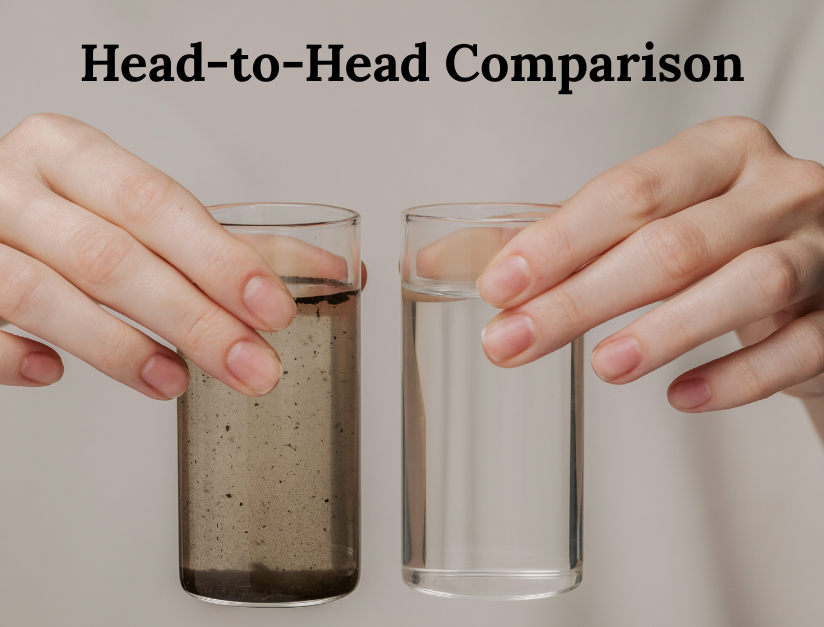When it comes to oral hygiene, brushing alone isn’t enough. Interdental cleaning—that is, cleaning between your teeth—is just as crucial. That’s where flossing comes in. But with the rise of water flossers, many of our patients at Royal Oral & Dental Clinic in Kanpur ask, Which one is better for your gums—traditional floss or a water flosser?
In this comprehensive guide, we’ll help you understand the difference between the two, their pros and cons, and which one may suit you or your family best.
Why Gum Health Matters
Your gums are the foundation of your smile. Healthy gums prevent:
- Gum diseases like gingivitis and periodontitis
- Tooth loss
- Bad breath
- Systemic issues like heart disease
🦷 At Royal Oral & Dental Clinic, we emphasize preventive care and gum health in all our consultations.
What Is Traditional Flossing?
Dental floss is a thin thread (usually made of nylon or Teflon) used to clean between your teeth manually. It removes plaque, food particles, and bacteria that your toothbrush can’t reach.
✅ Pros of Traditional Flossing:
- Inexpensive and easily available
- Great for tight spaces between teeth
- Offers precise cleaning with proper technique
❌ Cons:
- Can be difficult for people with limited dexterity (e.g., arthritis)
- May cause gum bleeding if done too aggressively
- Not effective in cleaning deep periodontal pockets
What Is a Water Flosser?
Also known as an oral irrigator, a water flosser is a handheld device that sprays a pressurized stream of water to clean between the teeth and under the gumline.
✅ Pros of Water Flosser:
- Gentle on gums
- Easy to use for people with braces, implants, or bridges
- Reduces gum bleeding and inflammation
- Reaches deep into periodontal pockets
❌ Cons:
- More expensive than traditional floss
- Requires electricity and water access
- Bulky for travel
🚨 Note: Water flossers don’t completely remove sticky plaque like floss, but they are excellent for flushing out debris.

Head-to-Head Comparison: Floss vs. Water Flosser
| Feature | Traditional Floss | Water Flosser |
|---|---|---|
| Ease of Use | Moderate | Very Easy |
| Plaque Removal | High | Moderate |
| Gum Sensitivity | May irritate | Gentle |
| Best For | Tight teeth | Braces, bridges, implants |
| Cost | Low | Moderate to High |
What Do Experts Say?
The American Dental Association (ADA) approves both methods as effective for removing plaque when used correctly. However, recent studies suggest that water flossers reduce gingival bleeding and inflammation more effectively for patients with gum disease.
Dr. Deepesh Gupta, lead dental surgeon at Royal Oral & Dental Clinic, advises:
“If your gums are sensitive, or you wear braces, water flossers may be more comfortable and practical. But for people with tight teeth and healthy gums, traditional floss is highly effective.”
What’s Best for You? Our Recommendations
If you have braces, bridges, or dental implants:
Use a water flosser for hassle-free, gentle cleaning around hardware.
If you are a senior or have limited hand movement:
Go for a water flosser for convenience.
For children and teens:
Start with traditional floss and transition based on comfort.
If you’re a student or on a tight budget:
Stick with traditional floss—affordable and effective.
Our Top Dental Care Tips at Royal Oral & Dental Clinic
- Floss or water floss at least once daily
- Follow with brushing for two minutes twice a day
- Visit your dentist every 6 months
- Use fluoride mouthwash for added protection
- Don’t forget the back molars—they’re often neglected!

Frequently Asked Questions
Q: Can I use both floss and a water flosser?
Yes! Using both ensures maximum cleanliness and gum protection.
Q: Will water flossing replace brushing?
No. Water flossing complements brushing—it doesn’t replace it.
Q: Are water flossers safe for kids?
Yes, under supervision. They should use a low-pressure setting.
